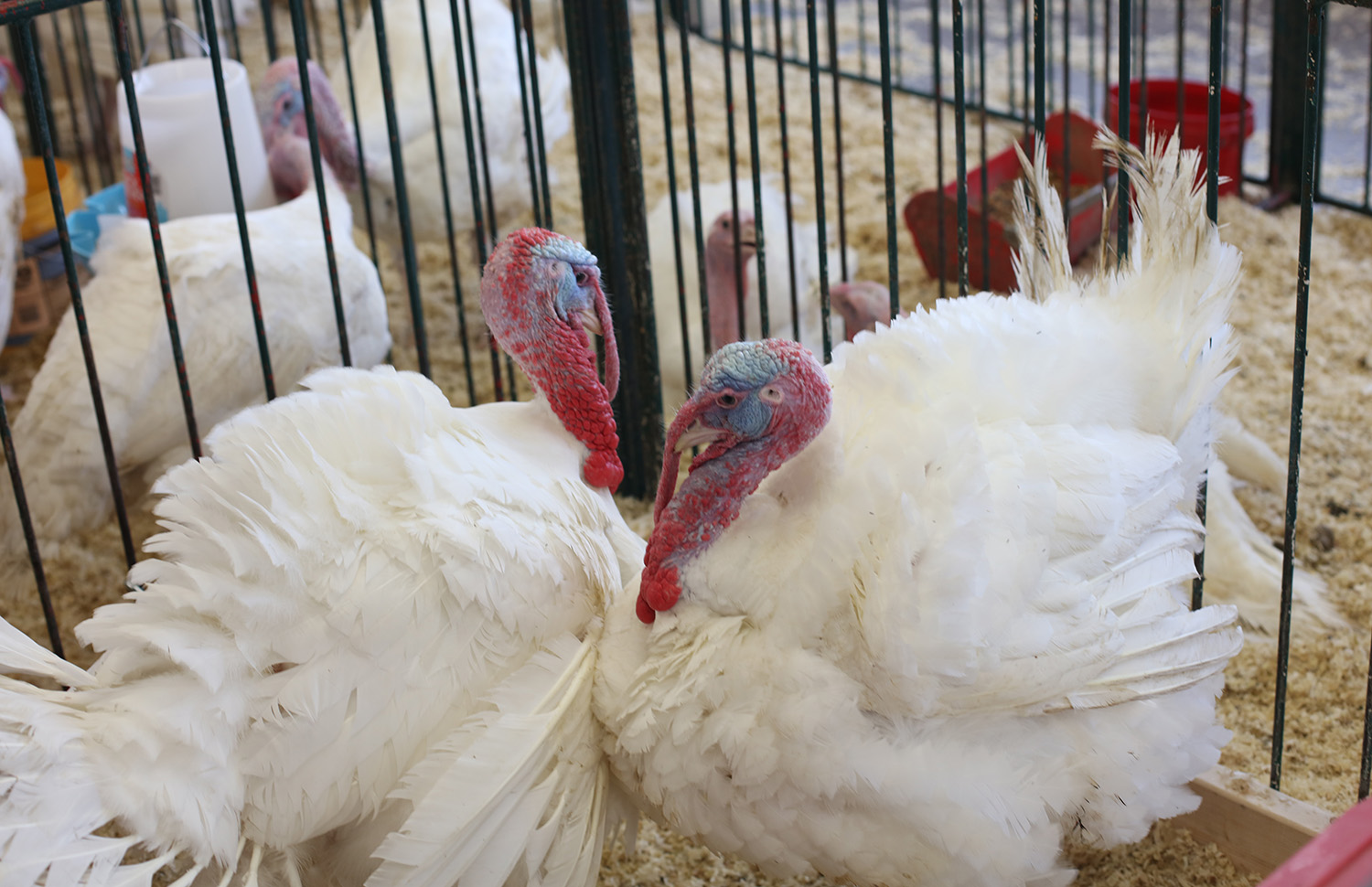MJ Wixsom: Heartworm disease is serious, but easily prevented in pets
Published 12:00 am Saturday, April 5, 2025
Heartworm disease is a serious and potentially fatal condition that affects not only dogs, but also cats and ferrets, in the Kentucky and Ohio region.
This disease, caused by the parasitic worm Dirofilaria immitis, is transmitted through mosquito bites and can lead to severe damage to the heart, lungs, and other organs.
While heartworm disease is preventable, it remains a significant threat due to the prevalence of mosquitoes in this area and the lack of awareness about its impact on multiple species.
Trending
Heartworm disease begins when an infected mosquito bites a pet, introducing microscopic larvae into their bloodstream.
Over several months, these larvae mature into adult worms that can grow up to 12 inches long and reside in the heart, lungs, and blood vessels.
Dogs are the primary hosts for heartworms, but cats and ferrets are also vulnerable.
In dogs, the worms can reproduce, leading to hundreds of worms if left untreated.
Cats and ferrets, while less commonly affected, can suffer severe consequences even with a small number of worms.
In cats, heartworm disease often causes respiratory symptoms and can be mistaken for asthma, while in ferrets, the disease can lead to rapid health decline and sudden death.
Trending
As a veterinarian with a Master of Science in Veterinary Parasitology, I have dedicated much of my career to understanding parasitic diseases like heartworm.
My thesis focused specifically on Dirofilaria immitis, giving me a deep understanding of its life cycle, transmission, and impact on pets.
Over the years, I have seen firsthand the devastating effects of heartworm disease.
One particularly memorable case involved a dog named Bear, who had a heartworm so severe that it migrated to his eye.
I performed surgery to remove the worm, and I am happy to report that Bear recovered well. Cases like Bear’s highlight the importance of prevention and early detection.
The Kentucky and Ohio region’s warm and humid climate makes it a hotspot for heartworm transmission.
Mosquitoes thrive in areas with standing water, such as ponds, rivers, and even small puddles in backyards.
The Ohio River Valley is particularly conducive to mosquito activity, increasing the risk of heartworm disease for pets in this area.
While heartworm disease was once considered more common in southern states, it has now been reported in all 50 states, making prevention a nationwide concern.
Symptoms of heartworm disease vary by species. In dogs, common signs include a persistent cough, fatigue after mild exercise, decreased appetite, weight loss, and difficulty breathing.
Severe cases may result in a swollen abdomen due to fluid buildup or even heart failure.
In cats, symptoms may include coughing, vomiting, lack of appetite, or sudden collapse.
Ferrets often show symptoms similar to dogs, such as coughing, lethargy, and difficulty breathing, but they may decline rapidly due to their small size and the strain caused by even a few worms.
Annual testing is essential for all pets, even those on preventatives.
Testing involves a simple blood test that detects the presence of heartworm proteins.
This is crucial because no preventative is 100% effective, and missed doses or inconsistent administration can leave pets vulnerable. Early detection allows for timely treatment, which greatly improves the prognosis.
For ferrets, testing is typically based on clinical signs and imaging, as their small size makes traditional blood tests more challenging.
Preventing heartworm disease is far easier and more cost-effective than treating it.
Treatment for dogs involves a series of injections with an arsenic-based medication, which can be expensive and carry risks.
For cats and ferrets, there is no approved treatment for adult heartworms, making prevention the only viable option.
Preventatives work by killing immature larvae before they develop into adult worms.
These medications are available in various forms, including monthly chewable tablets, topical applications, and injections lasting six–12 months.
A veterinarian can help determine the best option for each pet based on their individual needs.
There are several misconceptions about heartworm disease that can put pets at risk.
One common myth is that indoor pets are not at risk because they are not exposed to mosquitoes.
However, mosquitoes can easily enter homes, and even pets that spend most of their time indoors are vulnerable.
Another myth is that heartworm disease is not common in this region.
In reality, cases are often underreported, and the risk is very real.
Finally, some pet owners believe that preventatives are too expensive.
However, the cost of monthly preventatives is minimal compared to the expense and risks of treating an active infection.
Protecting pets from heartworm disease requires a proactive approach.
Annual testing is the first step in ensuring pets are free of infection. Administering preventatives consistently and on schedule is equally important.
Pet owners can also reduce mosquito exposure by eliminating standing water around their homes and using pet-safe mosquito repellents.
Education is key, and veterinarians are an excellent resource for information on heartworm prevention and treatment.
Heartworm disease is a preventable but potentially devastating condition that affects dogs, cats, and ferrets alike.
By staying informed, testing pets annually, and using effective preventatives, pet owners can safeguard their furry companions against this serious threat.
Working together, we can ensure that pets in the Kentucky and Ohio region live long, healthy lives free from the dangers of heartworm disease.
MJ Wixsom, DVM MS is a best-selling Amazon author who practices at Guardian Animal Medical Center in Flatwoods, Ky. GuardianAnimal.com 606-928-6566






